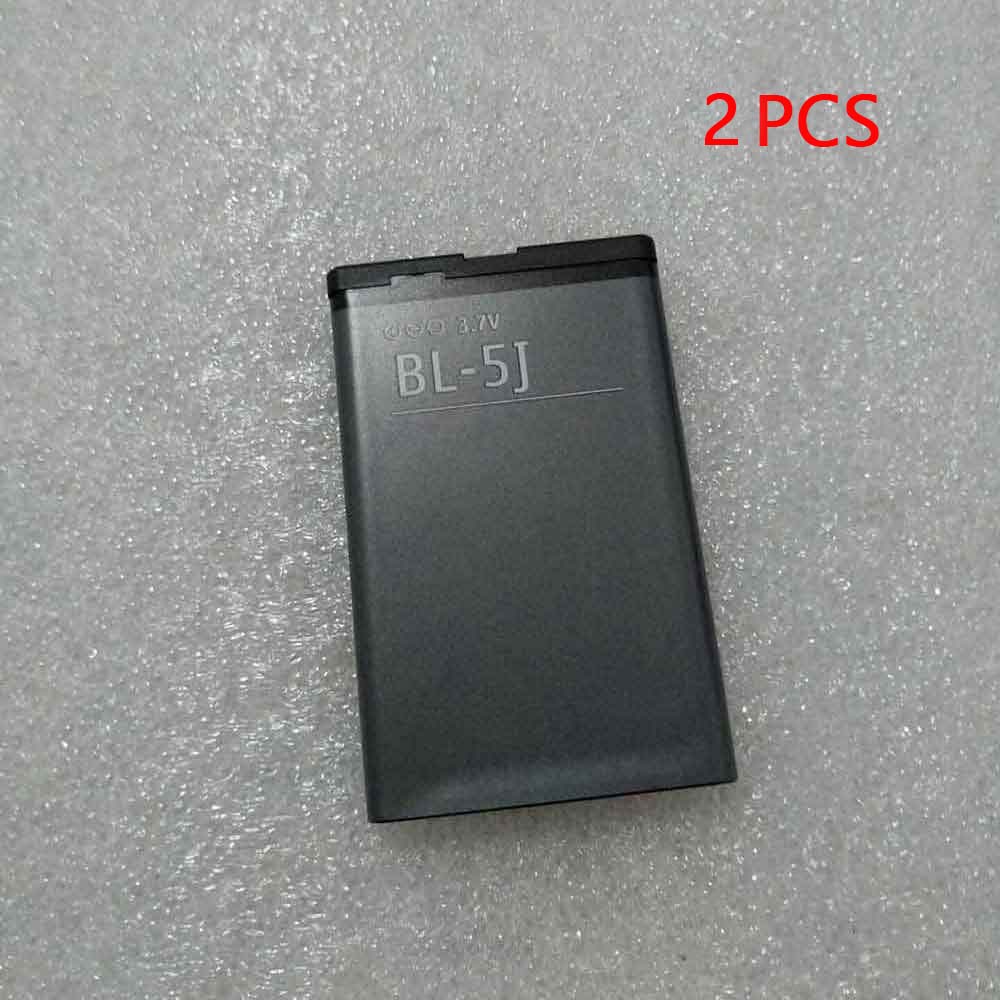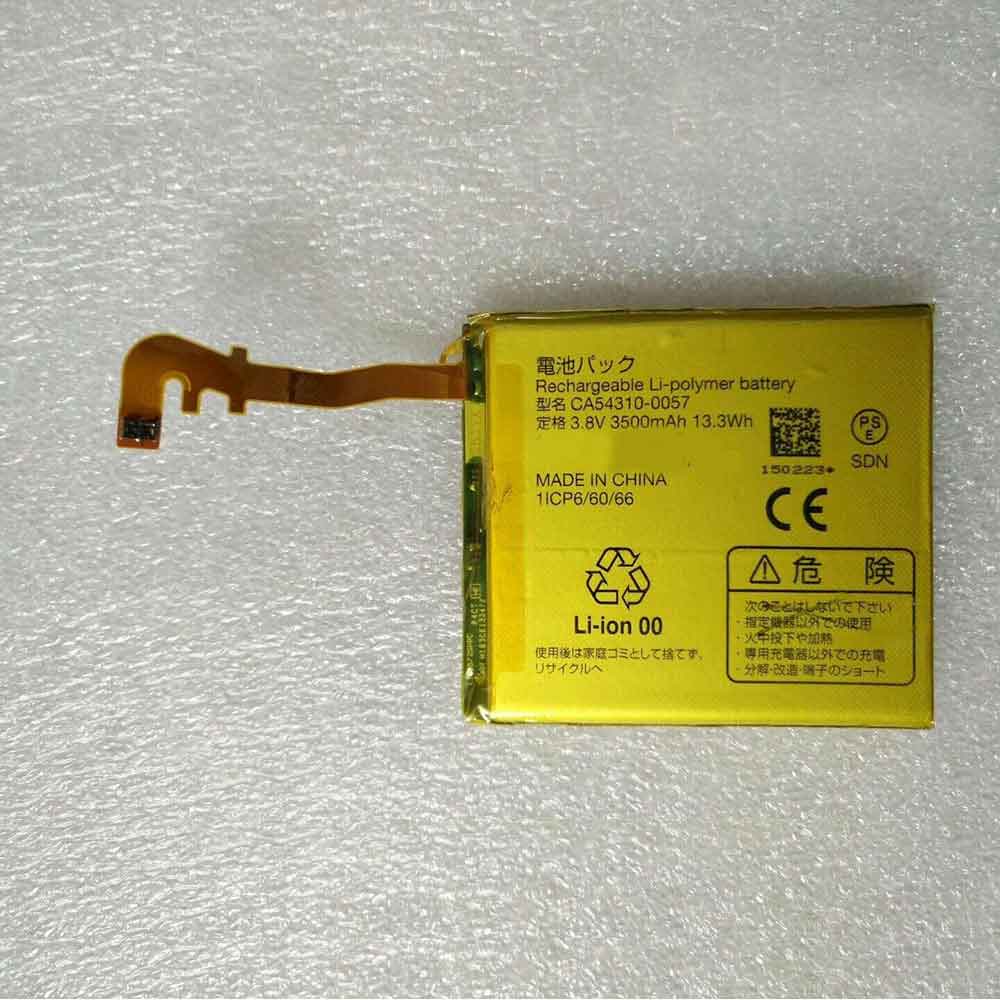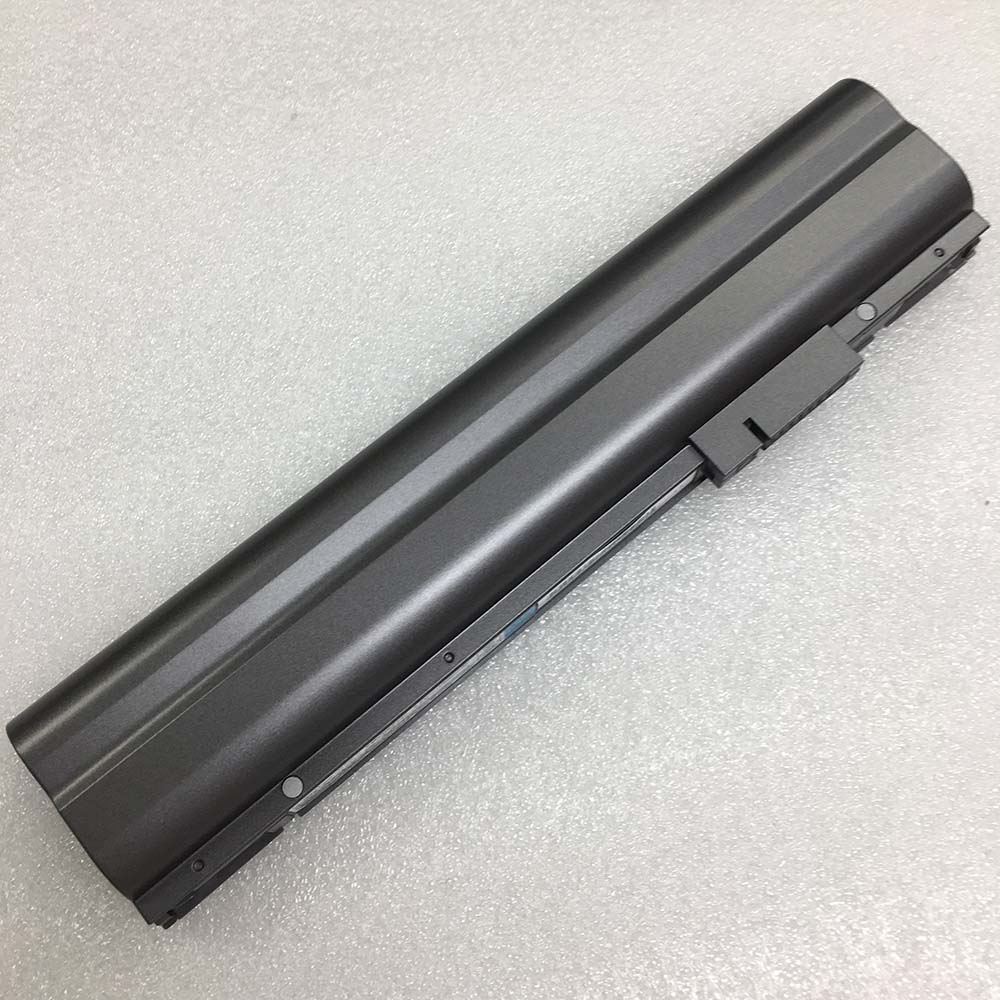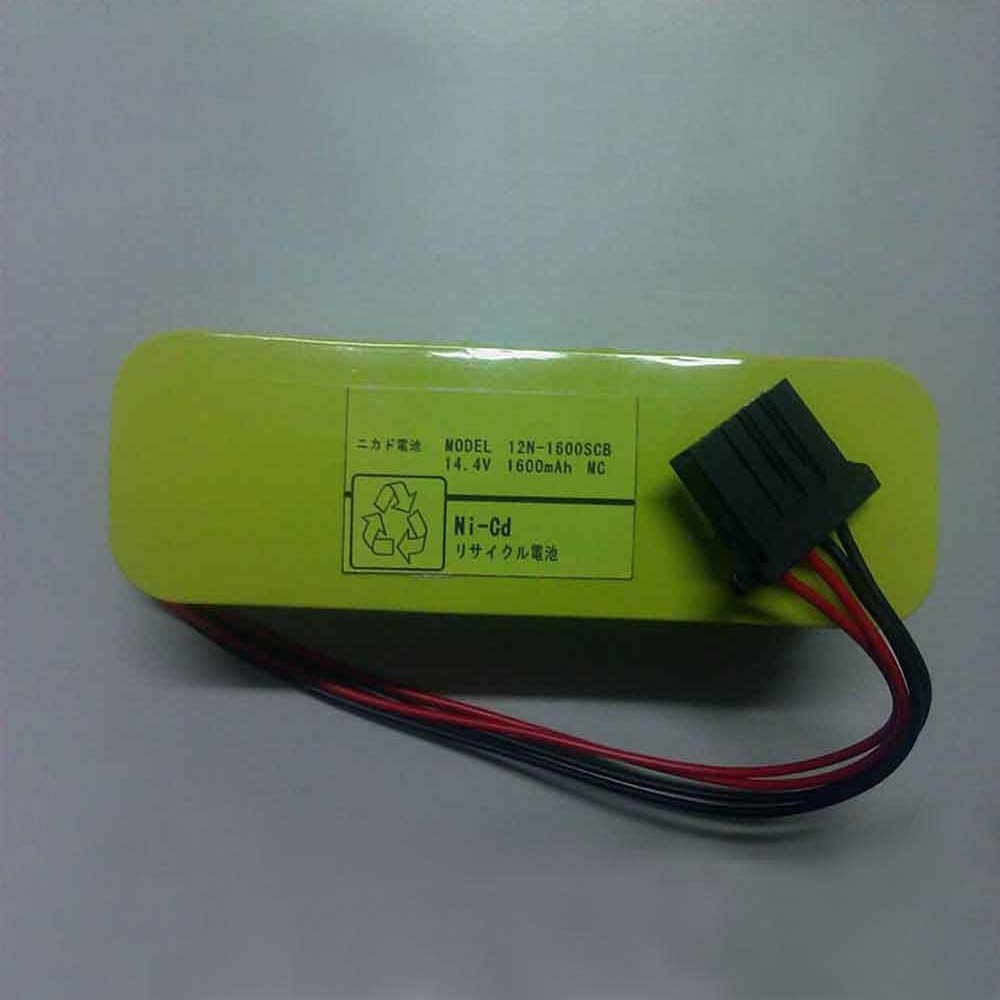As your iPhone becomes more and more an integral part of your life and identity, the need to protect your data becomes more important. When you lock your Gmail account, Facebook page, and browser, don’t ignore your iPhone just because you’ve set up Face ID or Touch ID.
Face ID is a good start. After all, it does ensure that nosy roommates, thieves, or others who want to spy on your phone cannot access the treasure trove of information stored on your device. However, even if your iPhone or iPad is locked, there are still some applications and device settings that can be tapped by anyone with physical access to your device. Isn’t it scary? Therefore, you should immediately change the following three settings to completely lock your iPhone or iPad. Let’s take a look!

Don’t show notification content on the lock screen
If you have a newer iPhone that uses Face ID, you may have noticed that the notifications on the lock screen are hidden until you pick up the phone and use your face to unlock it. You can take this security feature one step further by telling your Apple device to never reveal the content of the message. Instead, you will see an alert from a specific application, and clicking on it will open it.
Doing so prevents snoopers from seeing the content of emails and messages you receive. To double check your settings or change settings> notifications> show preview and choose when unlocked or never.
Restrict activity on a locked iPhone or iPad
This is arguably the most important part of fully protecting your Apple device. Go to “Settings”> “Face ID/Touch ID and Password”> enter your password, then scroll down to the section labeled “Allow access when locked.”
There you will find a list of different device features, from Siri and Today View to control center and wallet. Every function with the switch in the on position can be accessed directly from the lock screen, even if your device is locked. It seems harmless to leave features like Home Control turned on, but depending on the number and type of HomeKit devices you have, someone can control your smart home. Thankfully, Apple requires authentication to unlock the door or open the garage door.
“Erase data” is an extreme choice
You should only do this if you regularly back up your iPhone or iPad and can retrieve your information without problems.
Go to Settings>Face ID/Touch ID and Password>Enter your password, then scroll to the very bottom of the page. Slide the switch next to Wipe Data to the on position. After you turn on Wipe Data, your device will automatically restore its factory settings after someone enters the password incorrectly 10 times.
Now that you can better control what types of data and applications you can access when your phone is locked, be sure to take a few minutes to sort out your privacy settings. It’s a good idea to turn on the “Find My” feature on all your Apple devices so you can find your lost or stolen phone.
>>>>>>>>>>>>Apple battery
Thank you for reading, and hope to help you!
Friendly reminder: If you need to replace your mobile phone battery, this battery shop will be a good choice: www.batteryforpc.co.uk









